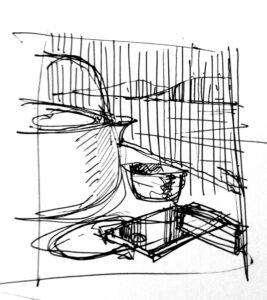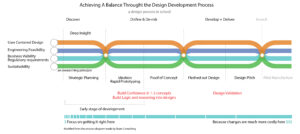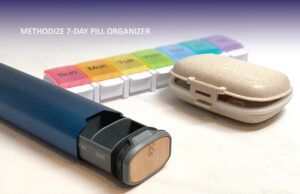
Practice
Product Scrutiny and Benchmarking Lab
Scrutinize a product and benchmark it against existing designs.
Each exercise description was slightly modified from Material and Process course assignments, meticulously designed by Prof. Warren Ginn at NC State University
Objective
Product architecture study, material and process study, planning and assembling
Exercise One
PRODUCT AUTOPSY
1.Obtain/acquire a manufactured product for your analysis. The selected product should have at least one plastic injection molded component and should consist of at least (5) separate components (not including screws or other fasteners). Other materials and processes may be used as well, but this product should have some internal components (like a motor, electronics or other
mechanism). As a guideline, the product should generally be of hand-held or smaller table-top proportions. The intent of this assignment is to have a reasonable
degree of complexity in the product where its analysis yields valuable insights that can be applied in further assignment.
2.Disassemble the entire product, separating its external and internal components.
3. Document this disassembly process using well-composed digital images. Lay-out the plastic housing and internal parts in an ordered sequence. Photograph both inside and outside of housings. Some
very good examples of this teardown process can be found at many websites like ifixit.com.
4. Once the product is disassembled, create a hand-drawn exploded view drawing of the assembly (all
parts).
5. For at least (3) key components of the product like the external plastic housings, prepare individual
annotated drawings of those parts. annotate each drawing with
detailed information like:
• gate (point of injection)
• primary parting line
• weld or knit lines
• ejector pins
• cavity and/or date stamp (if applicable)
• direction of mold pull (straight pull, side action, sliding core, etc.)
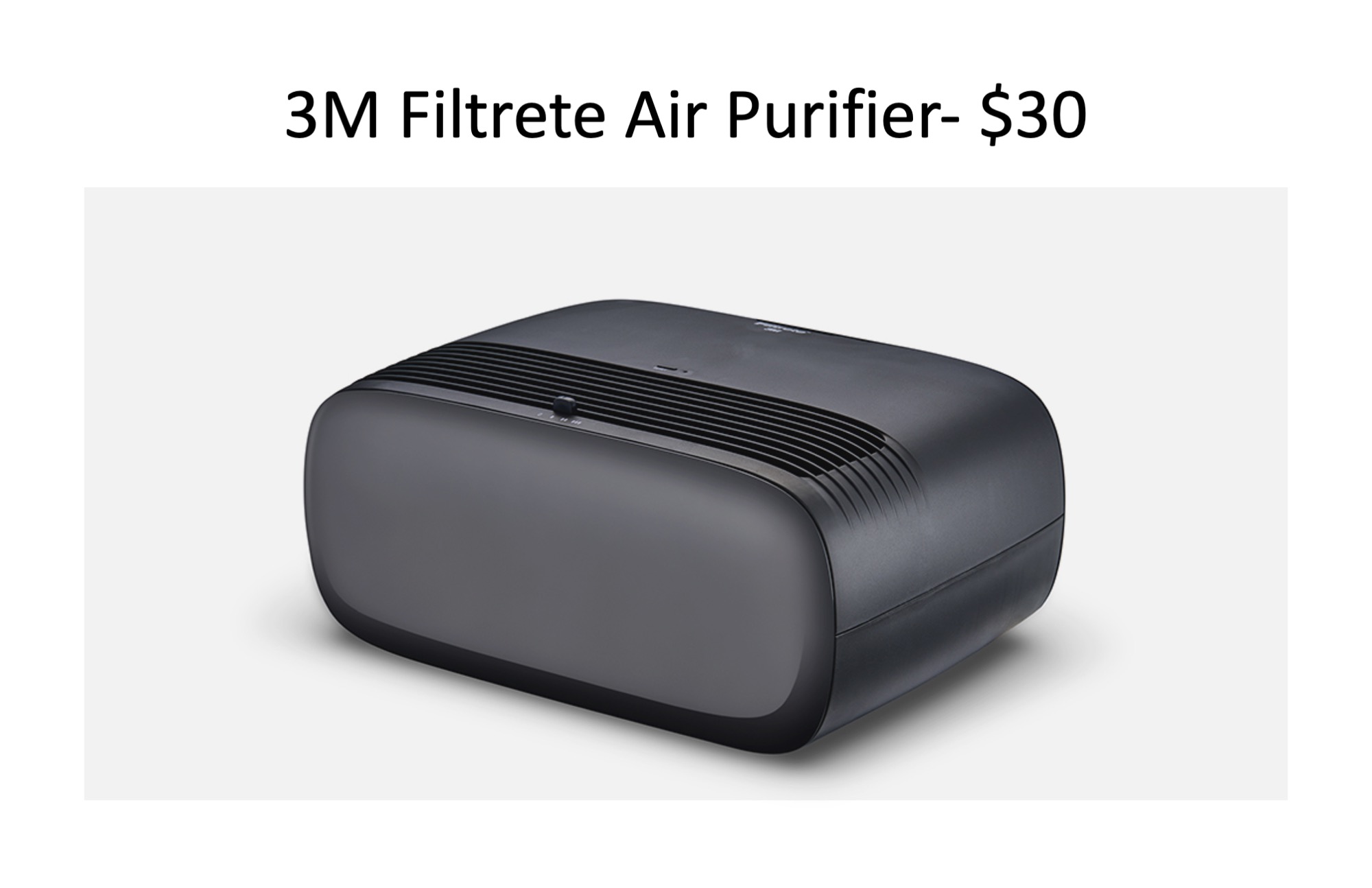
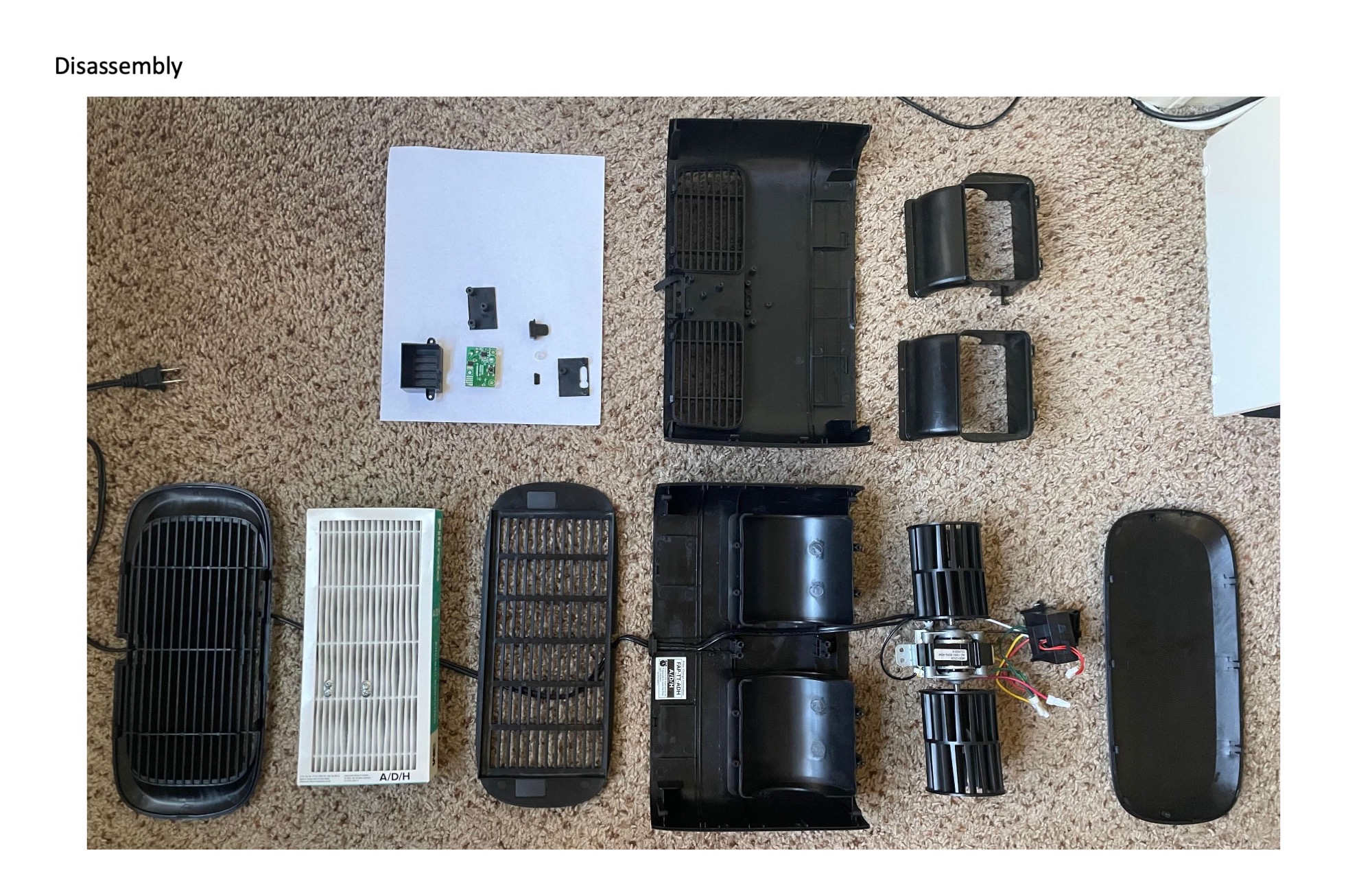
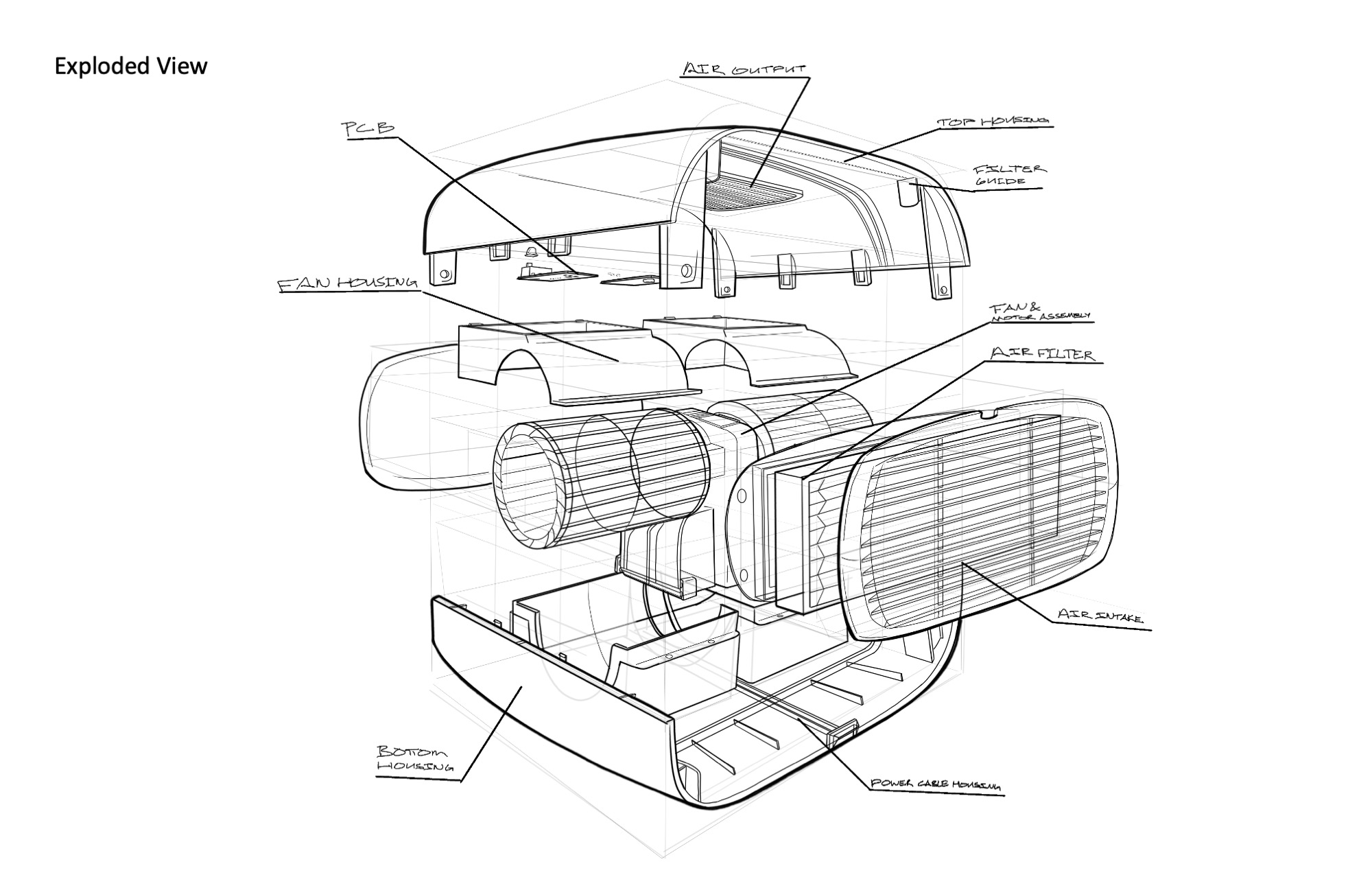
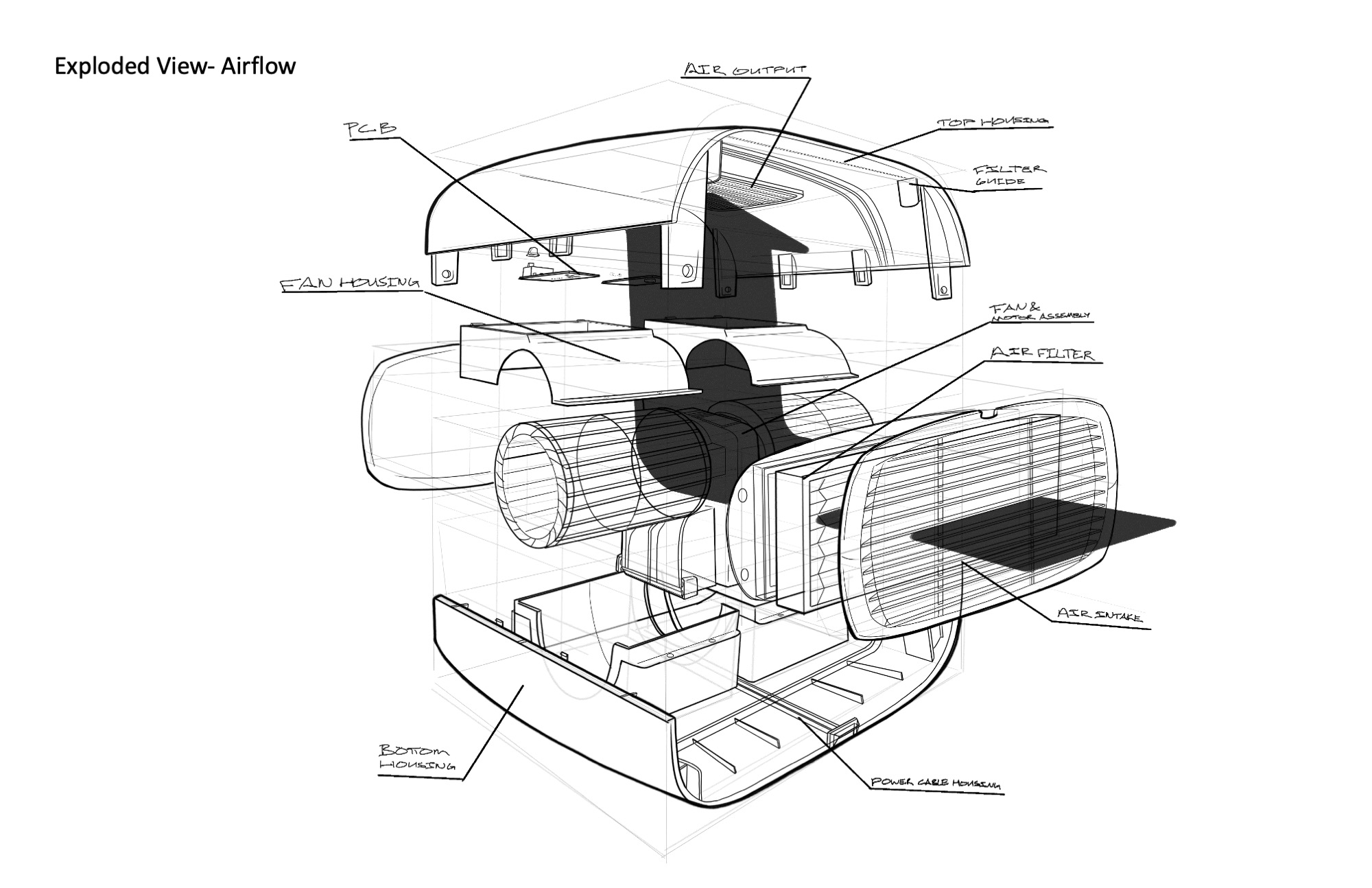
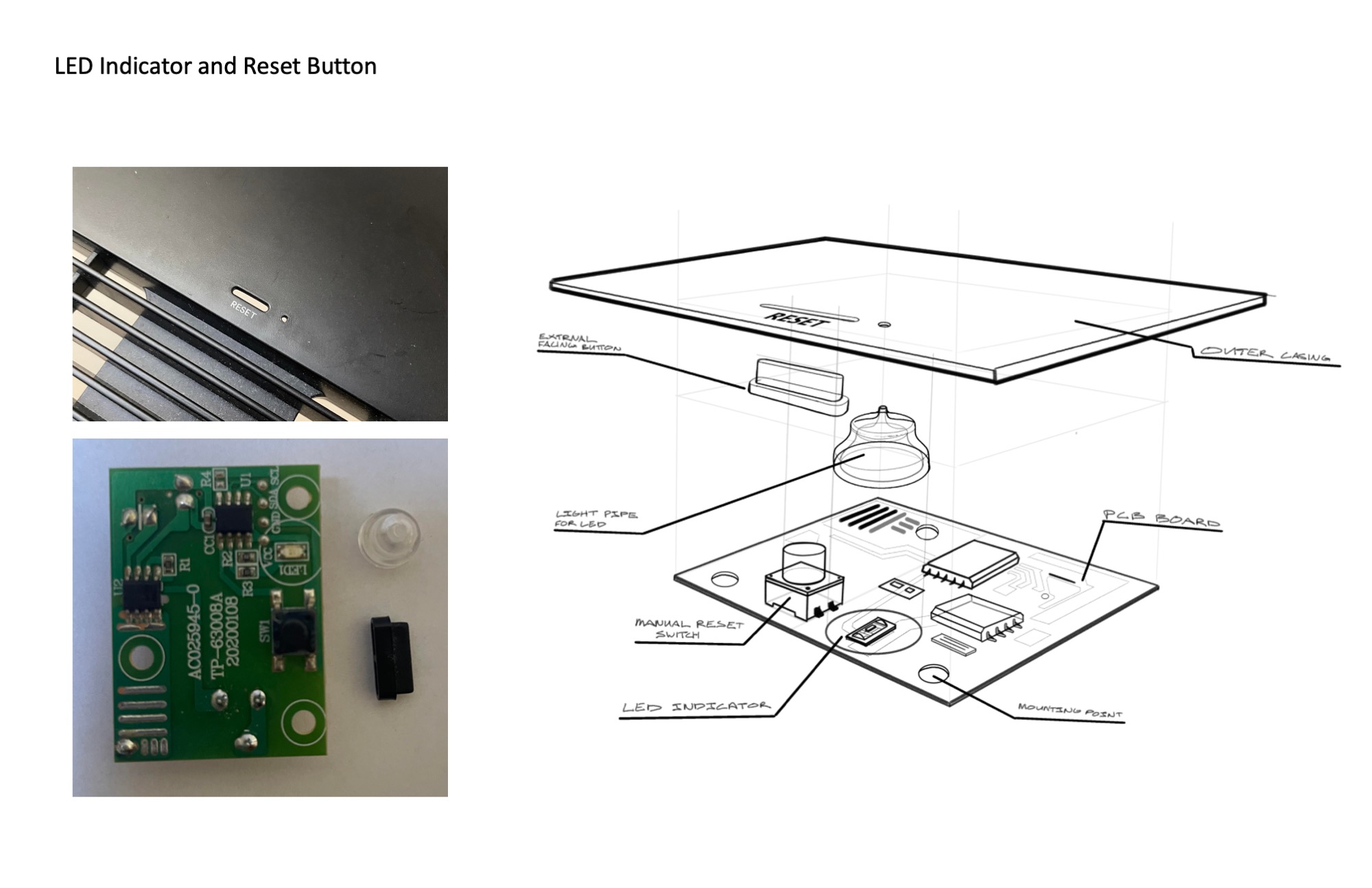
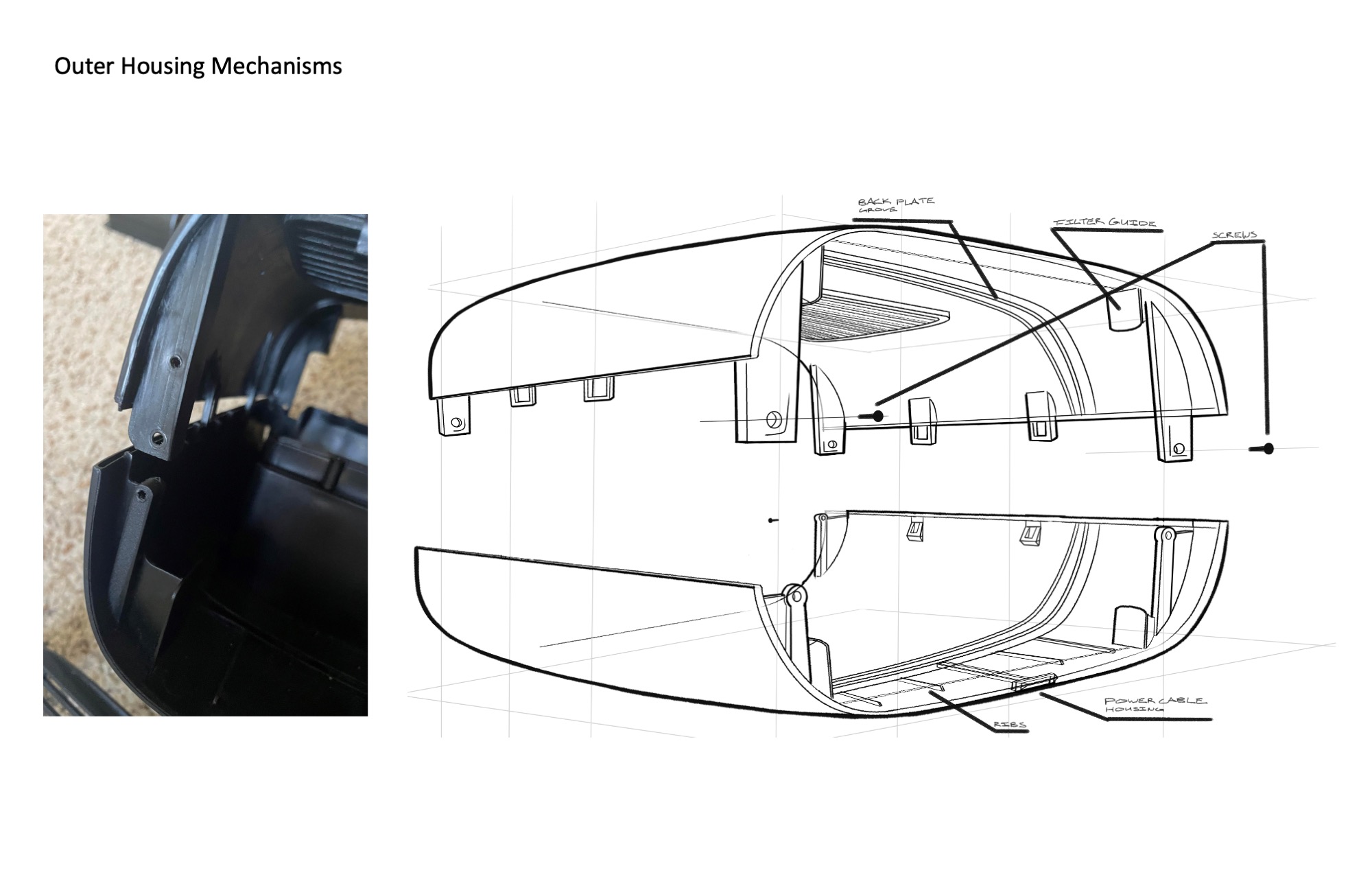
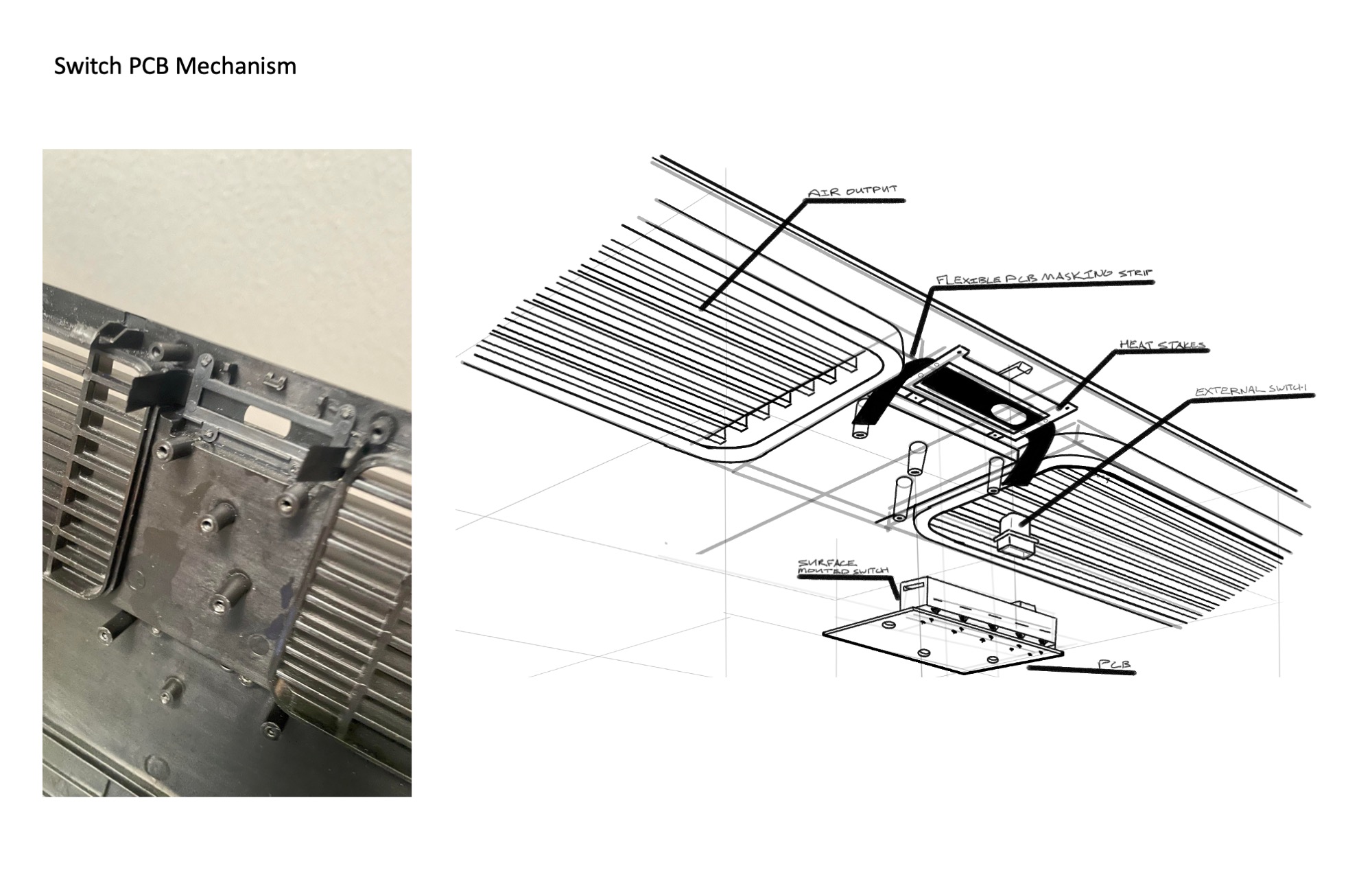
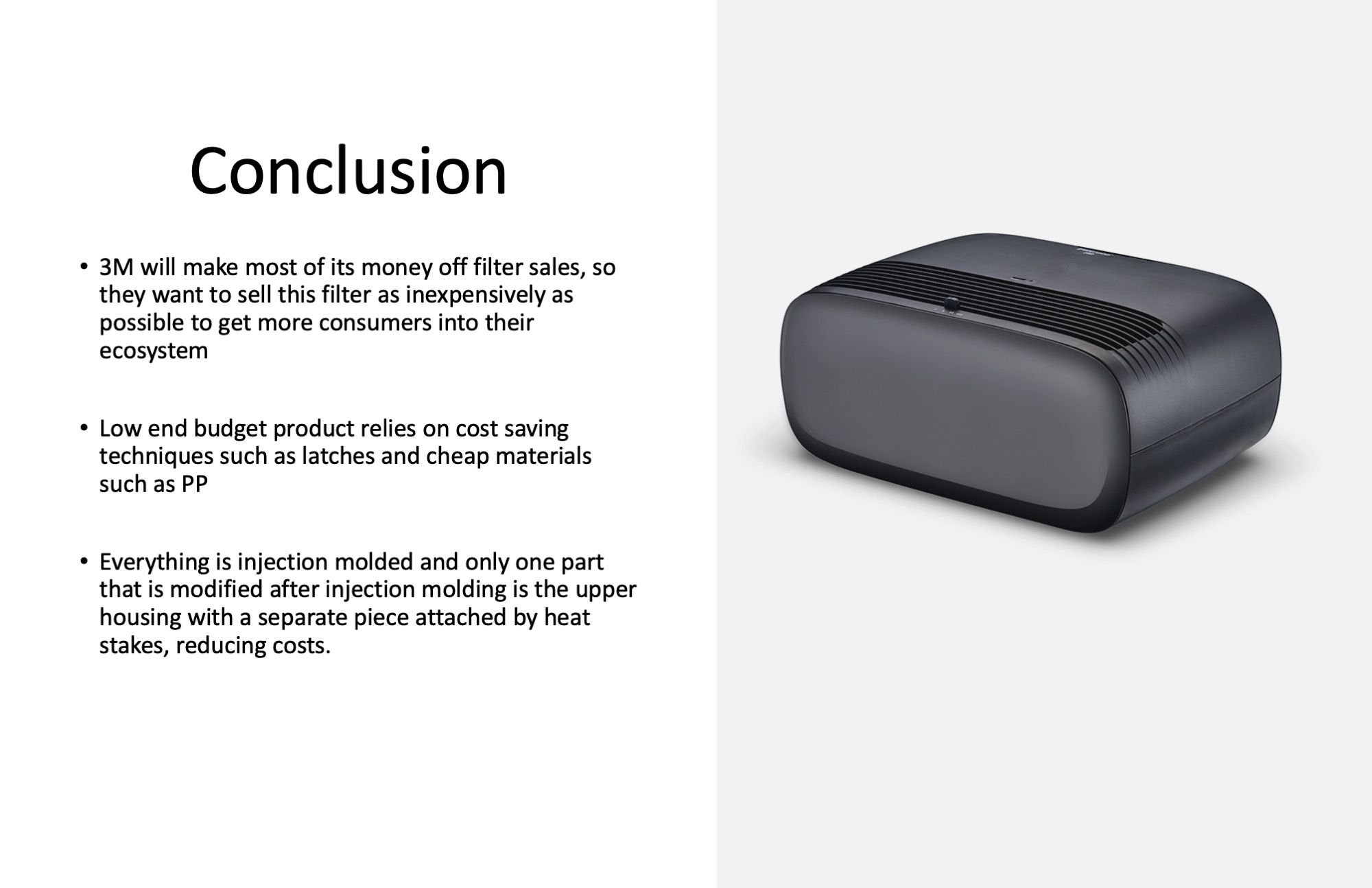
Product Autopsy by Daniel Ma / BID Class of 2023, NC State University
Exercise Two
WOOD FURNITURE PHOTO ESSAY
1. Find a piece of furniture primarily made of wood and describe it in text, images and illustrations.
2. You should identify the material(s) and joint(s) used, assembly techniques, etc.
3. Critique the piece:
a. Review what is well-designed and what is not.
b. What have you learned from this examination?
c. What would you change in the design?
4. Sketch your concept of a modification or improvement to this piece as a “next
generation” product. Document how your new design adds value to the product.




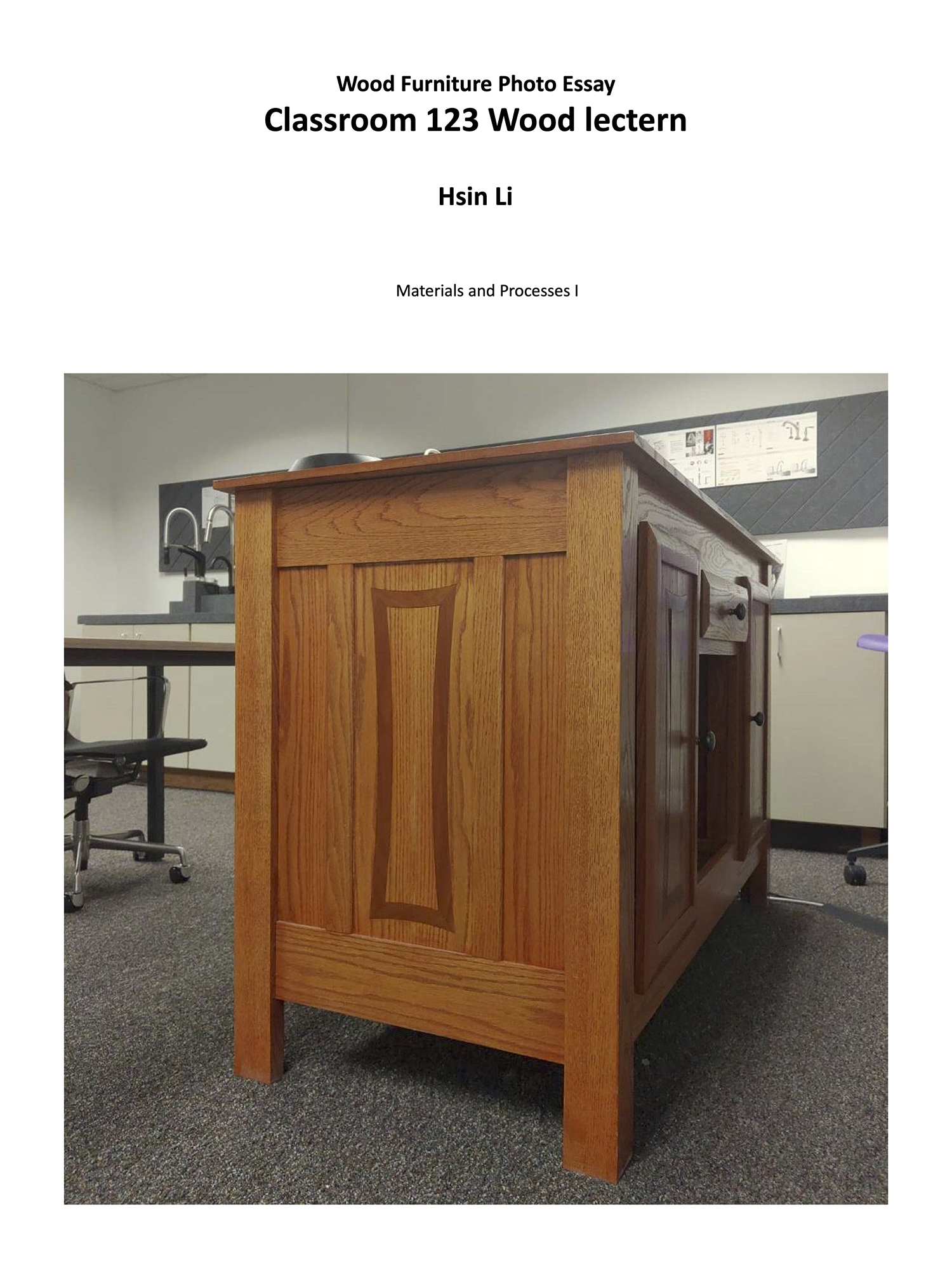
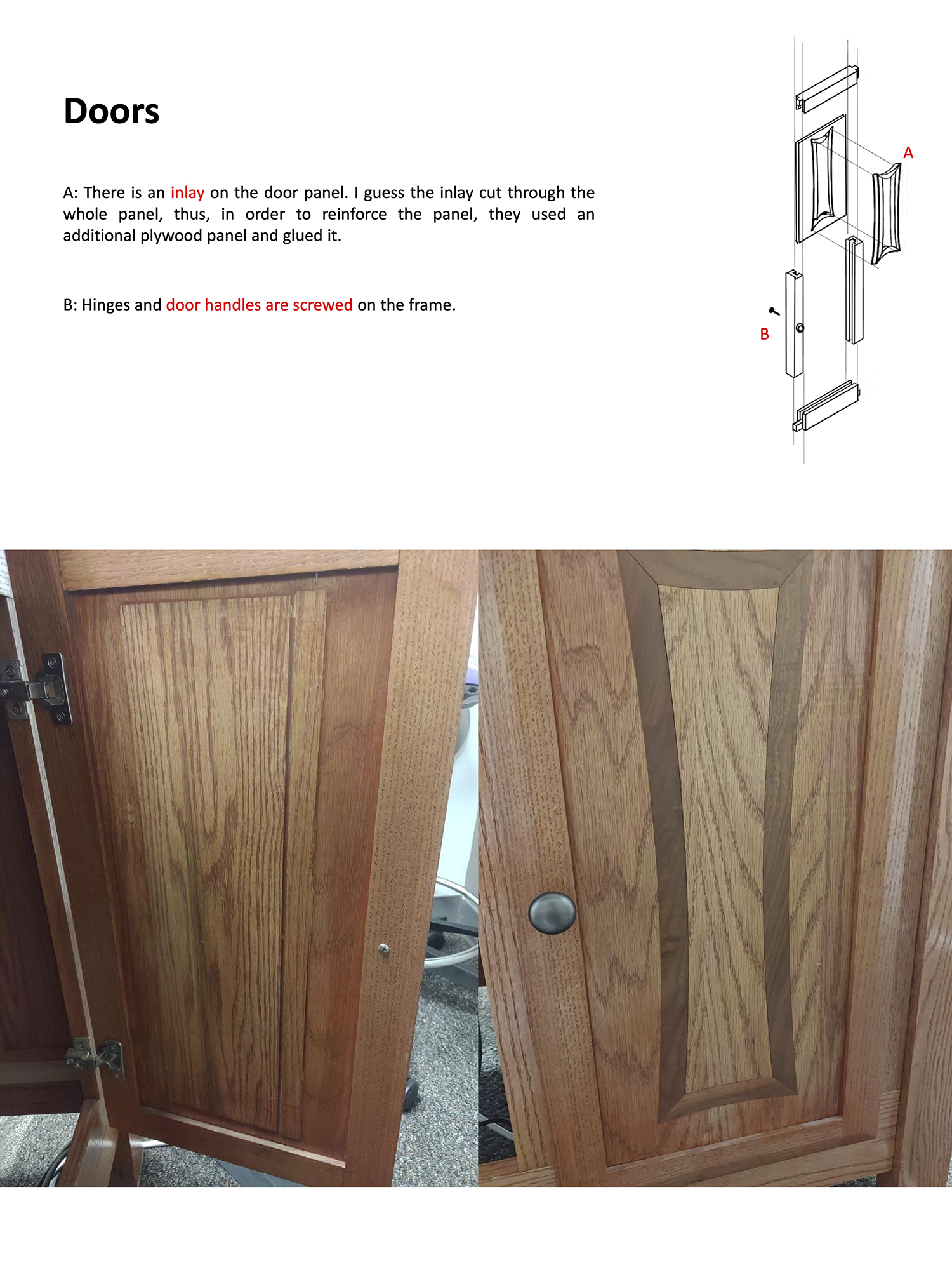
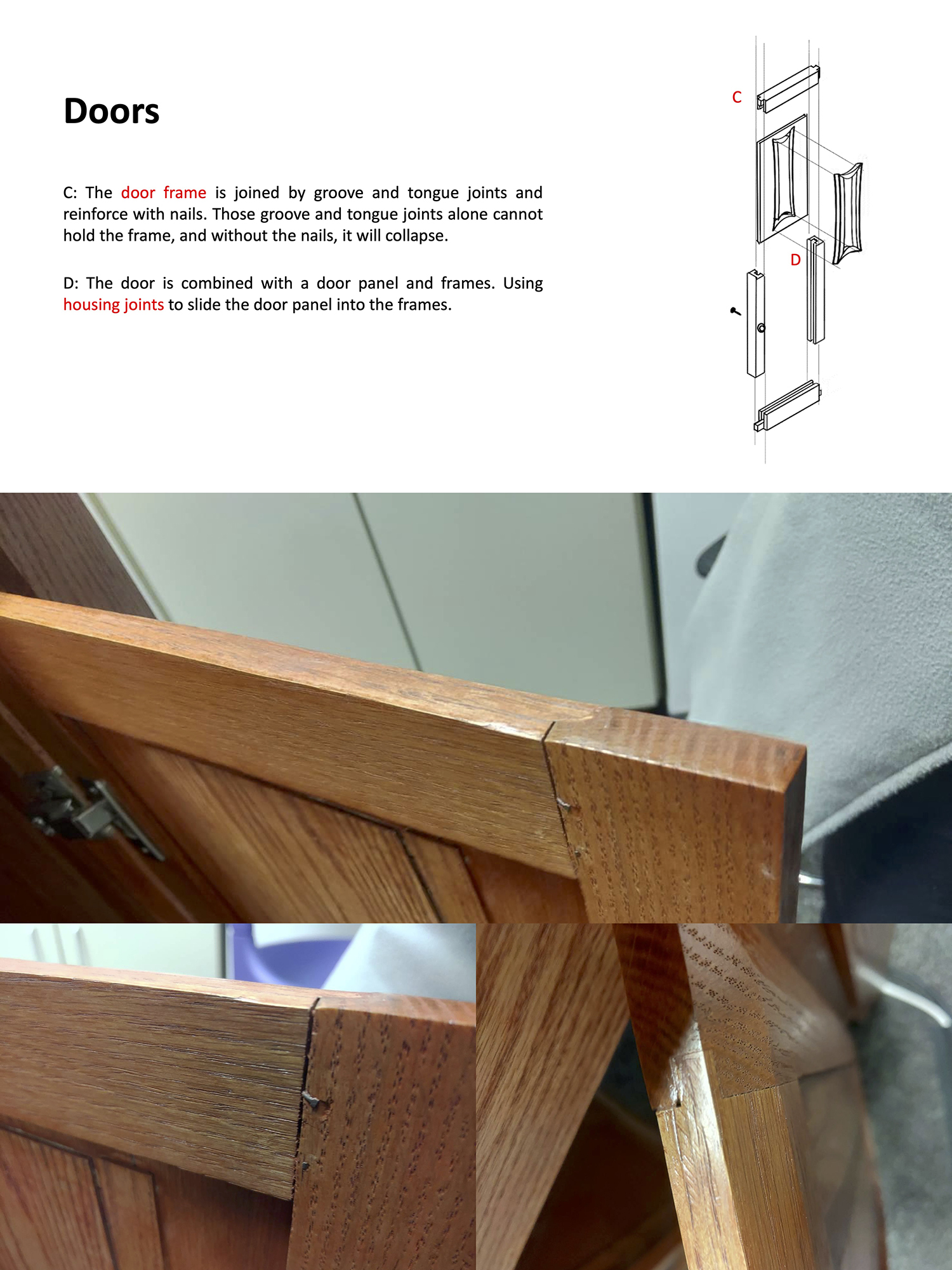
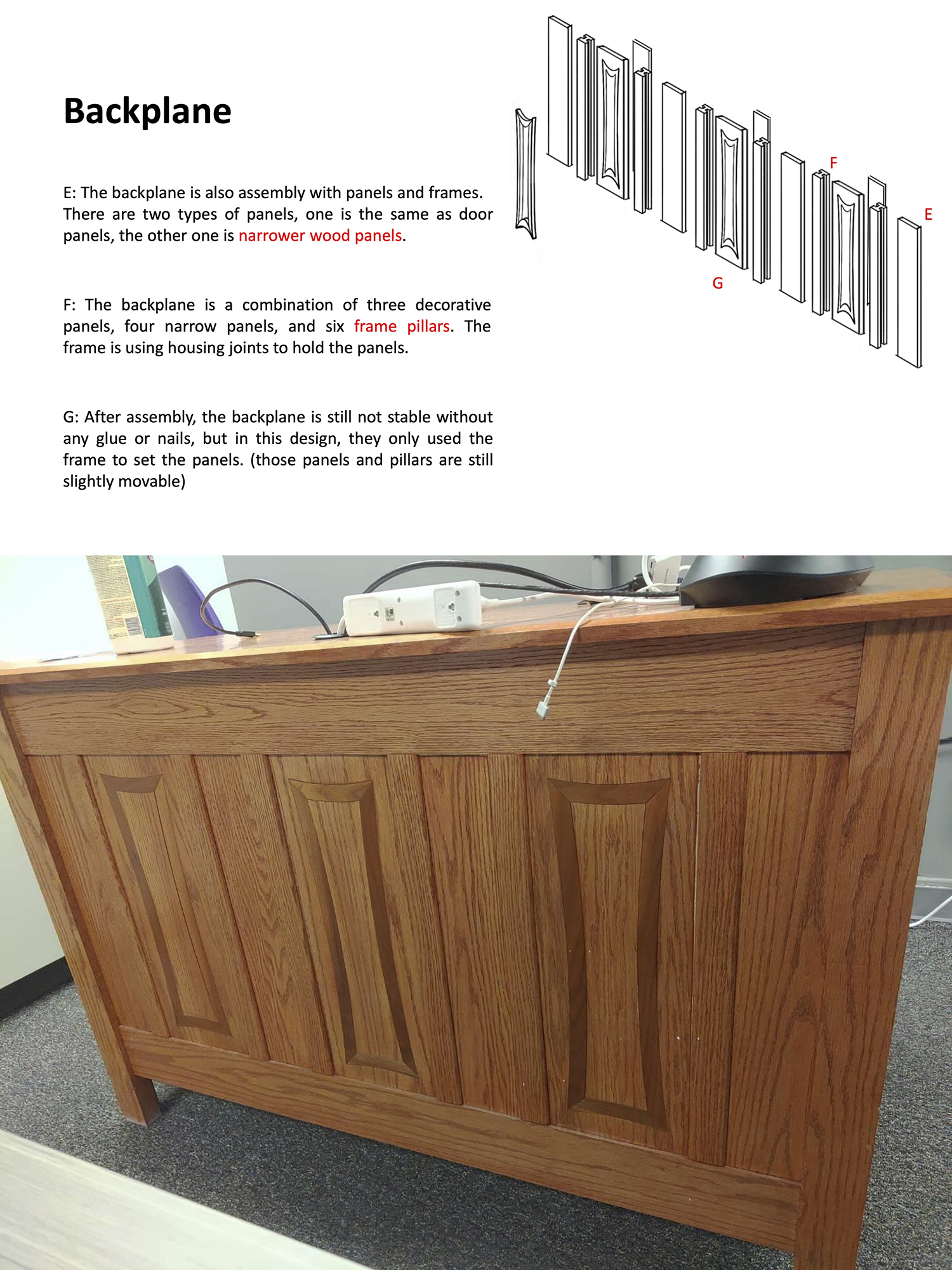
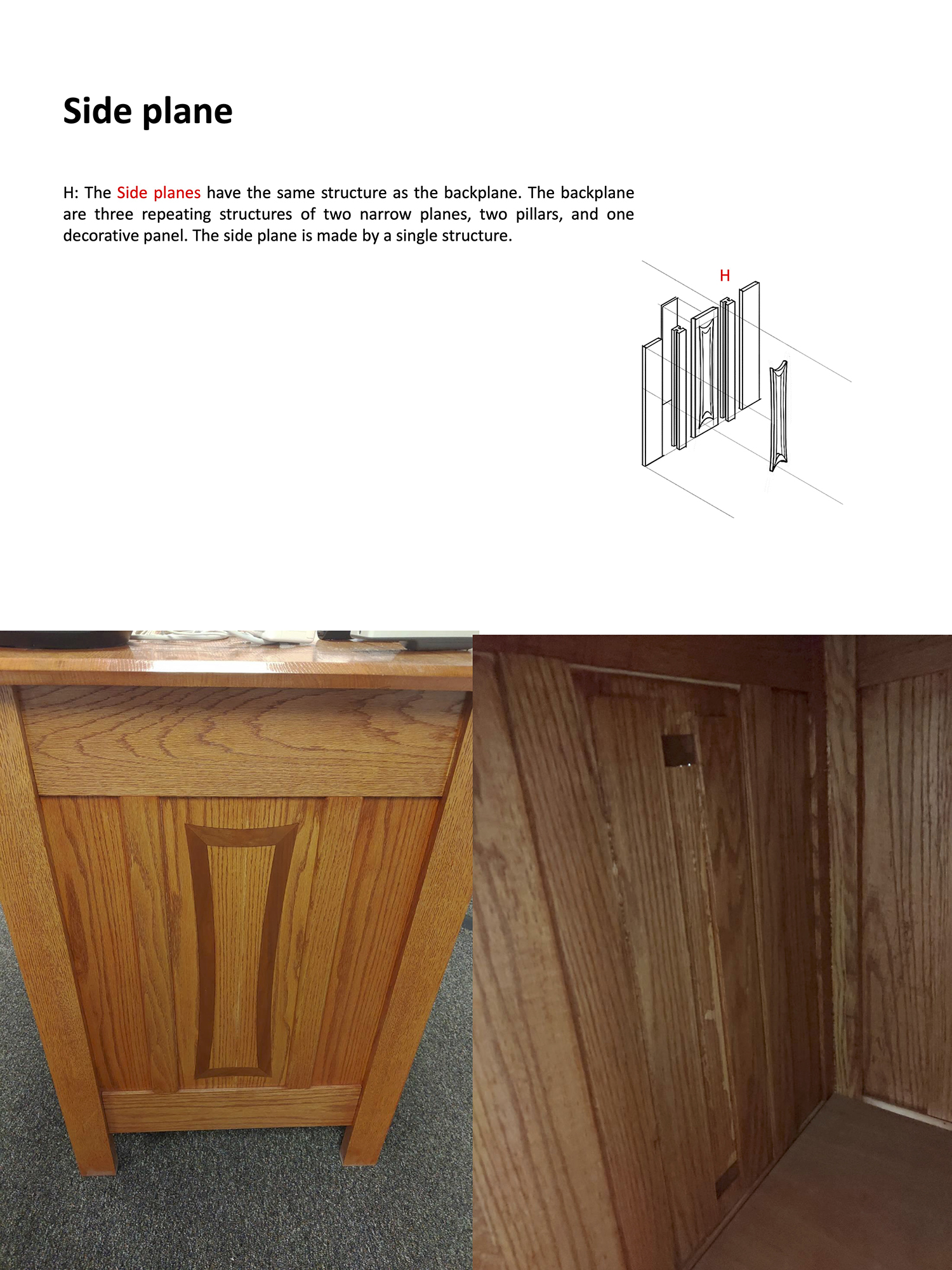
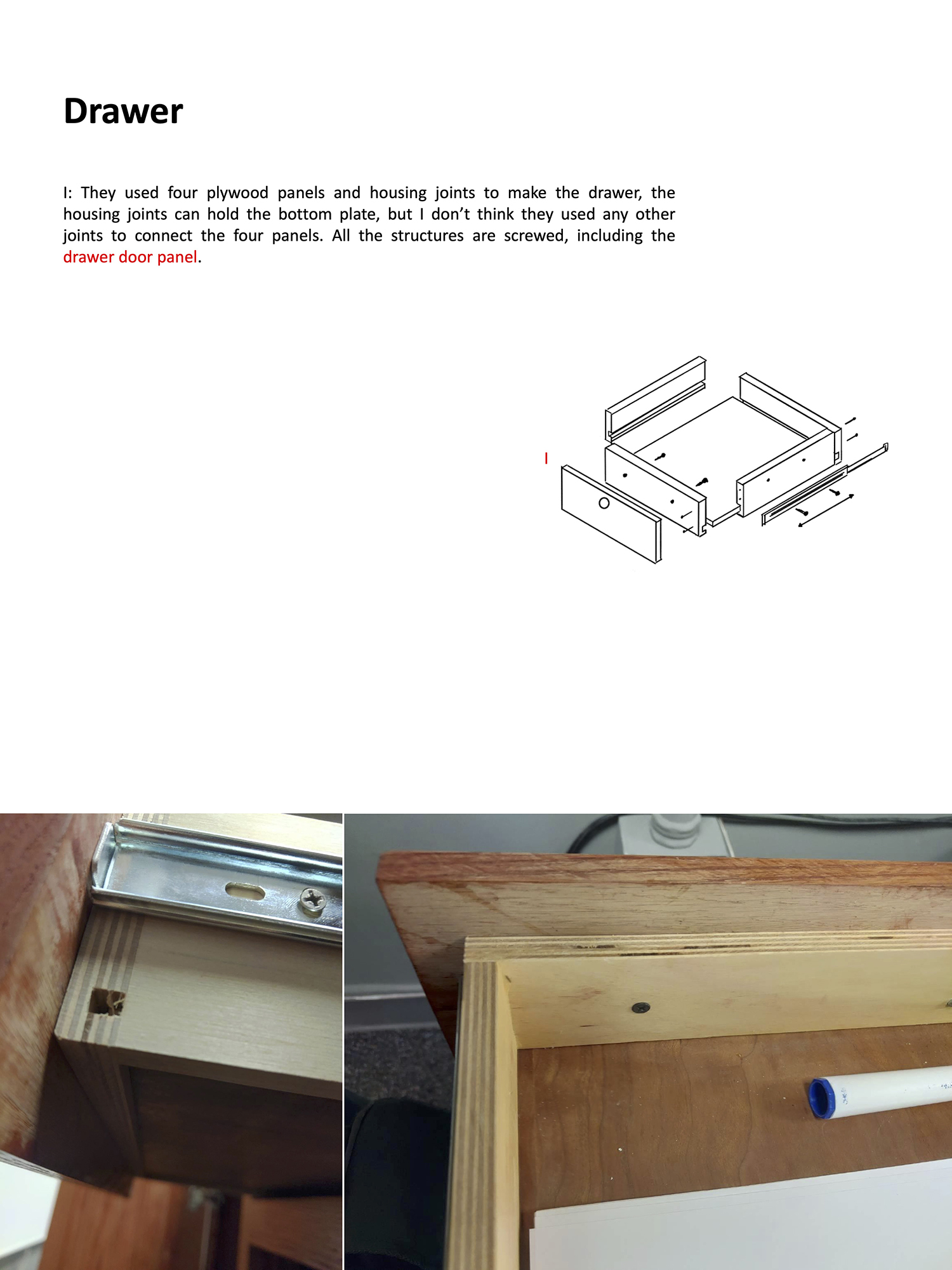
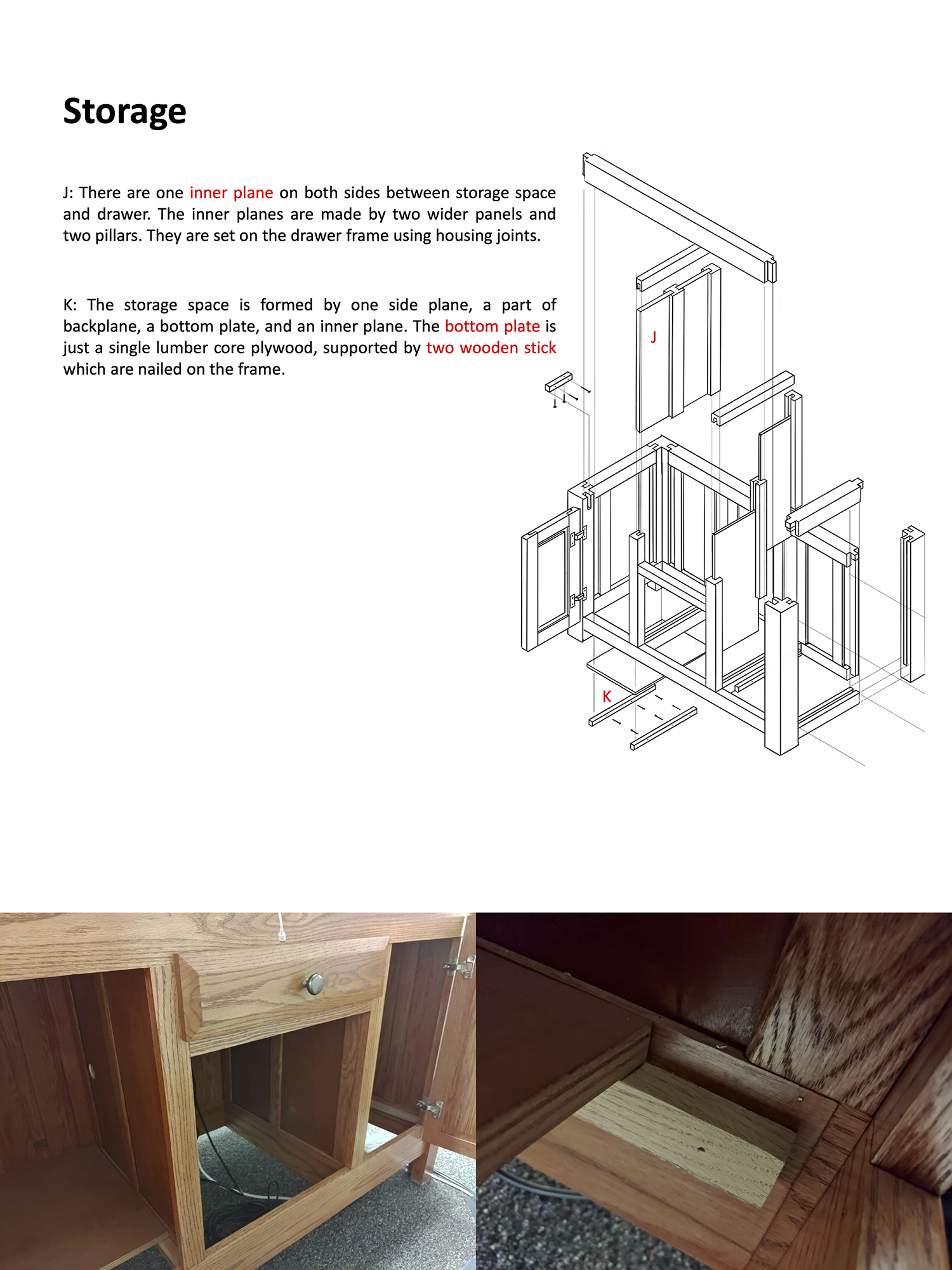
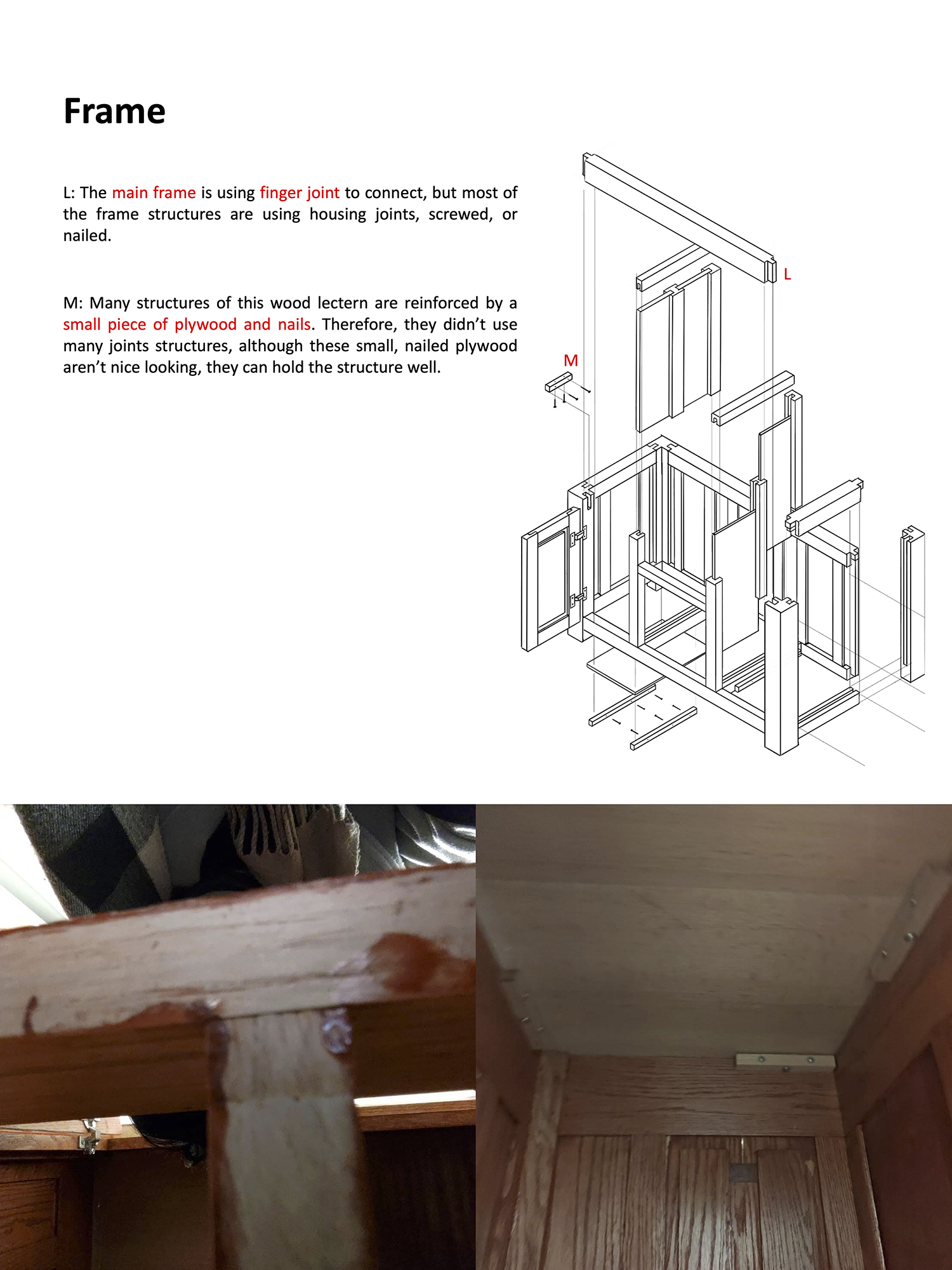
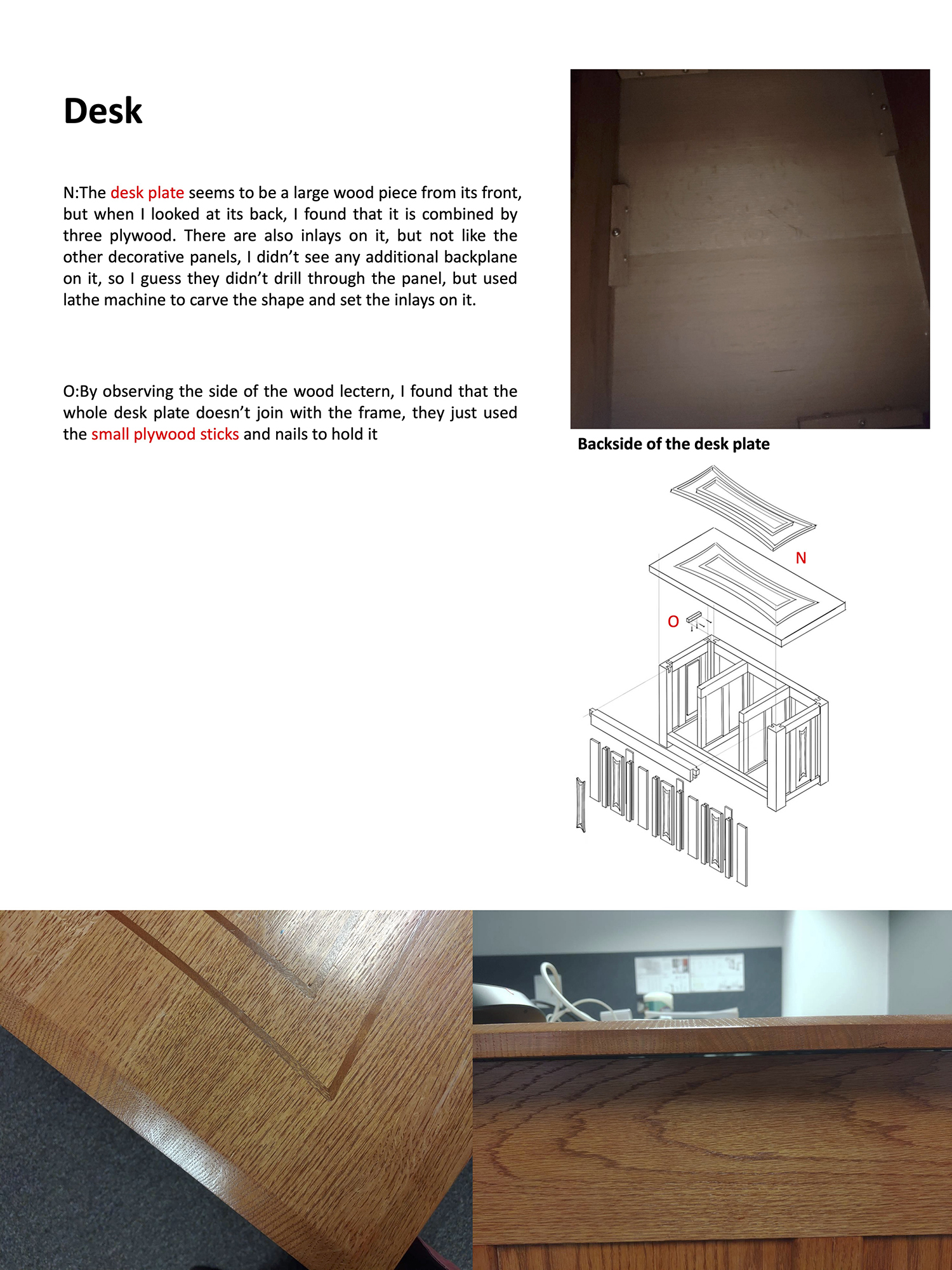
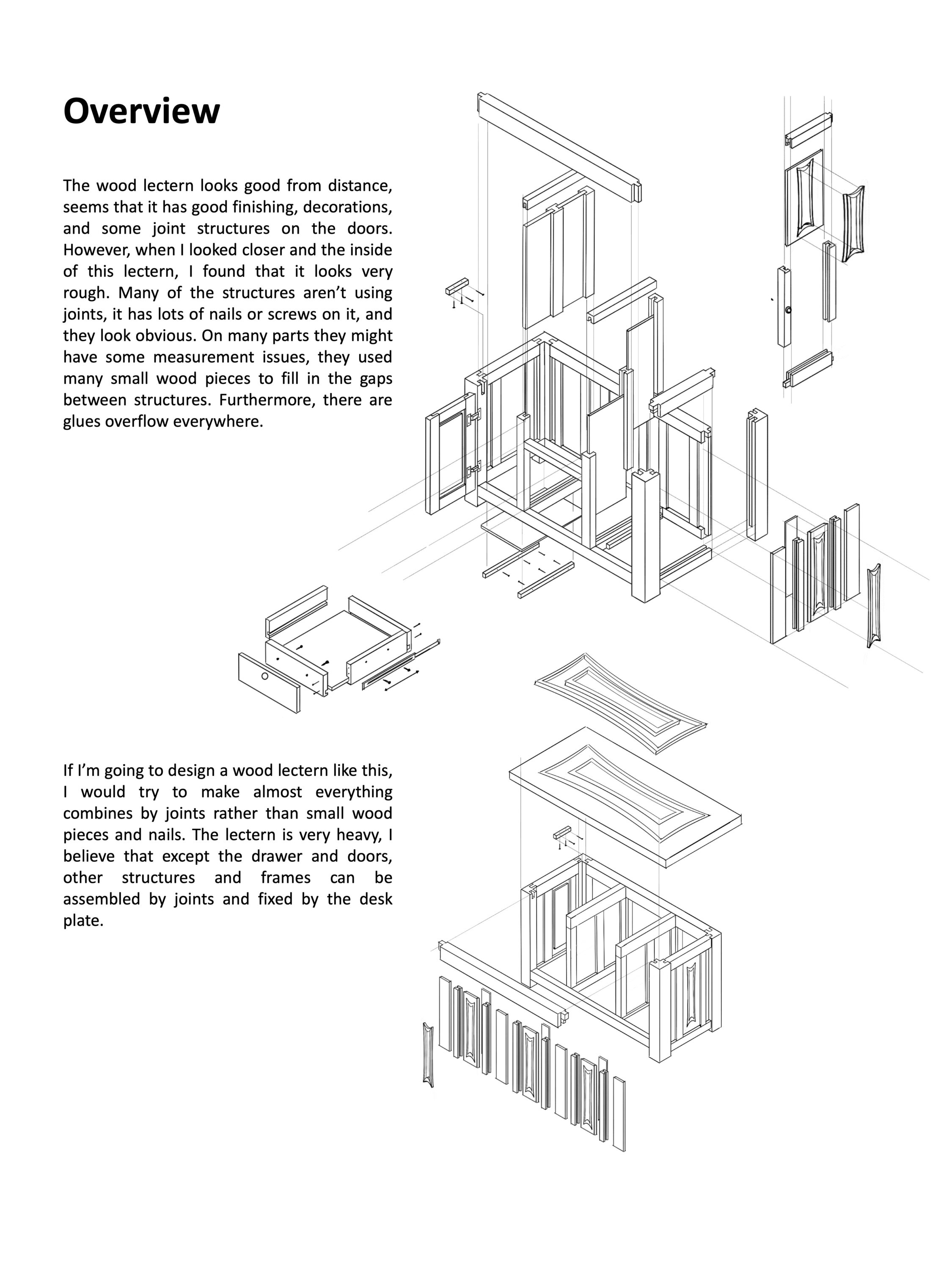
Wood Furniture Photo essay by Hsin Li / MID Class of 2023, NC State University
Exercise Three
A COAT HOOK DESIGN
1. The product should be a combination of wood and metal elements (fasteners don’t count). Employing other materials, like plastics, is permitted.
2.The design should address the mass-production of the parts and assembled product. How would you make 10 of these? What about 100? How about 10,000?
3.As part of design consideration of mass-production, there should either be an element that is
“repeated” within the design (at least 5 times — the product can have multiple hooks) or
multiple identical products can be made (at least 5 complete units). The repeated elements must be something design and fabricated by the student (as opposed to purchased)
4.It should generally
range between 6″ and 24″ wide. This will be driven by your functional and aesthetic objective.
5. It must support at least a 15 lb load as it has to support at least one coat.its
construction should be solid and appropriate for how it will be used.




Exercise Four
PHOTO HUNT FOR PLASTICS
1. A minimum of 25 products incorporating plastic should be represented in your collection of product images with no more than 3 duplicates (e.g., same material used in 3 different
products). You can find products that might use a combination of plastics (looking for
variety in the materials and the types of products. Don’t just find 20 polyethylene buckets.)
1) Identify the product.
2) Identify the material(s) used.
3) Describe how you were able to make that determination.
4) State why that material is appropriate for that product. Guesses are okay as long as you apply a logic to why you think a product is made out of that material.




